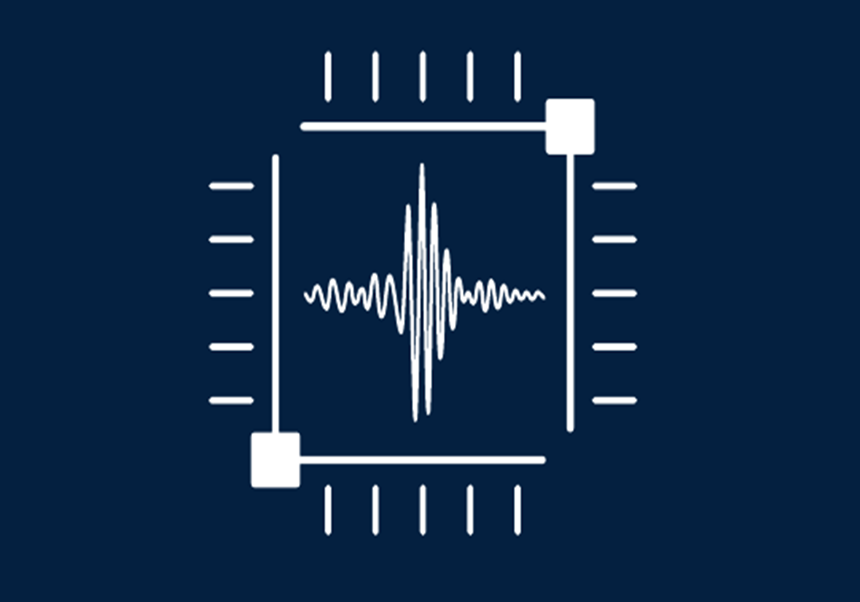
PhD Tesis defense
On the 8th of may, at 11:00 , in the classroom of the mathematics faculty, Burjassot, will take place the PhD thesis defense of Miquel Llorens Monteagudo, that has been supervised by José A. Font Roda and Alejandro Torrés Forné.
Abstract:
Gravitational waves (GW) are a prediction of Einstein’s theory of General Relativity. Their detection posed an unprecedented technological challenge and had to wait for about a century, until the landmark signal GW150914—produced by the collision of two stellar-origin black holes—was recorded by the twin Advanced LIGO detectors. This historic observation firmly established gravitational wave astronomy.
Observations of gravitational waves are currently conducted by the international detector network of the LIGO-Virgo-KAGRA (LVK) Collaboration. This collaboration has observed gravitational waves produced by all three types of compact binary coalescences, comprising black holes and neutron stars. This offers an entirely new window to study the universe, providing a channel that significantly complements the electromagnetic one.
Since the beginning of the observational campaigns of the LVK detector network, the amount and complexity of data collected have been increasing rapidly. Handling this complexity and dimensionality poses a major challenge from a data-analysis viewpoint. One way to tackle this challenge is through the sparse representation of the data, as long as a minimal loss of information can be enforced. A technique to achieve this is **sparse dictionary learning** (SDL), a supervised machine learning procedure. In SDL, a sparse representation of the data is obtained through linear combinations of basic elements—atoms—that form a dictionary. Applications in diverse scientific disciplines have already shown that SDL is a compelling alternative to signal representation methods such as Fourier decomposition or wavelets.
This Thesis presents pioneering applications of SDL techniques to various aspects of GW data analysis, including signal denoising, reconstruction, and classification. A central methodological component is the development of the SDL-based pipeline **CLAWDIA** (CLAssification of Waves via DIctionary-based Algorithms). This pipeline was built from scratch and has been used throughout its development to produce most of the results reported in the Thesis. It is expected that CLAWDIA will become open-source in the near future.
In a first study, SDL is applied to the classification of transient noise signals (or glitches) in the Advanced LIGO detectors, yielding a 96% accuracy across a wide range of initial parameters. Next, an early version of CLAWDIA is used to determine the core-collapse supernova explosion mechanism using data from current (Advanced LIGO) and future (NEMO and ET) GW observatories. Its performance is compared to two alternative approaches—Bayesian model selection and convolutional neural networks—highlighting its ability to distinguish between neutrino-driven and magneto-rotational explosions.
Finally, SDL is applied to reconstruct the postmerger GW signal resulting from binary neutron star mergers, using a dataset of state-of-the-art numerical relativity waveforms spanning various equations of state. Waveform injections in noisy data from current and future detectors show that SDL successfully reconstructs postmerger signals and can distinguish among equations of state even at low signal-to-noise ratios.






